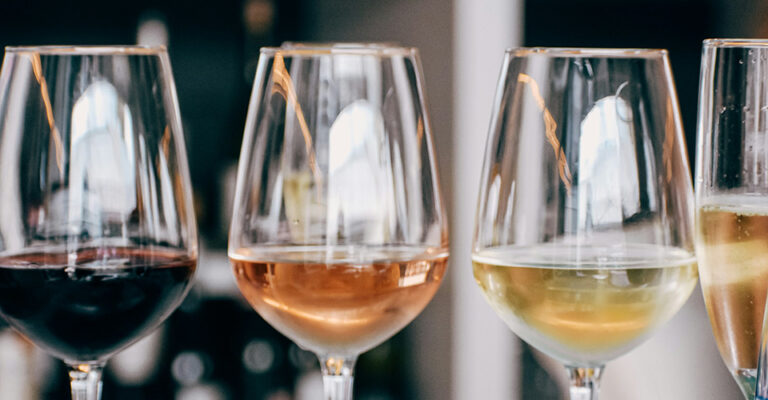Think of it as a friendly roadmap for your palate.
Wine tasting is all about the experience—the stories, the flavors, the little surprises in each sip. And now, whether you’re just getting into wine or already a full-on aficionado, a new Wine Evaluation Schematic is here to help you break down different flavor notes and figure out exactly what you love. So grab a glass and let your palate lead the way!
Created by longtime Hudson Valley grape grower J. Stephen Casscles, the Wine Evaluation Schematic is a game-changer for Heritage and cool climate wines, especially those from the Hudson Valley and New England. What sets it apart? These wines often boast distinctive flavors rarely found in conventional varieties—think blueberries, guava, passion fruit, and even tutti frutti. To capture these unique profiles, Casscles’ Schematic offers an expanded range of fruit and flavor descriptors tailored to these wines. For example, Hudson Valley’s Baco Noirs and other red hybrids like Chelois tend to showcase notes of licorice and anise with herbal undertones, floral accents, and woodsy elements. Now, all of these flavors are thoughtfully incorporated into the Schematic.

Casscles explains, “Twenty years ago, I was on the hunt for a method to accurately evaluate cool climate wines for my book on heritage grapes. Existing aroma wheels were a good start, but they fell short on detailed, fruit-focused descriptors. That’s why I expanded these descriptors in this new Schematic. And, since wines from the Hudson Valley and other cool climate regions tend to have more resinous elements, descriptors were added to accurately reflect these flavors, such as red/white cedar, mahogany, and burnt woody flavors of leather and toast,” he notes.
But there’s more!
This tool doesn’t just focus on aromas and flavors—it also gives you a way to assess a wine’s mouthfeel, appearance, and overall integration. Often, too much attention goes to the aromas while the texture and energy on the palate get overlooked.
Imagine savoring a zesty locally-grown Riesling or a delicate Rosé and using the Schematic to point out those vibrant hints of citrus, crisp green apple, and subtle touches of fresh herbs. This new tool helps you identify everything from the initial impression to the core profile and the lingering finish, making your wine tasting experience richer and more engaging.
“To me, what really influences the overall quality of a wine is its mouthfeel, so the Schematic has a whole new section on this,” Casscles continues. “Since we use so many different grape varieties in the Hudson Valley and on the East Coast, I felt it was important to differentiate a wine’s mouthfeel from vinifera wines from the West Coast or Europe. The “earthiness” of these wines is also much more varied, so the Schematic has a much more delineated section for identifying these flavor and body elements.”
Since Casscles feels it is important for the evaluator to go back years later to re-evaluate a wine and compare it to other wines they have scored over time, there are guidelines on the Schematic to give a wine an “overall score”— a feature that isn’t available on most other charts.
With this comprehensive Schematic, you can now evaluate and score local wines on texture, body, finesse, and how beautifully it all comes together in one unified taste.
Ready to taste?
Download the pdf, grab your scissors and cut out the Schematic to start exploring every sip of Hudson Valley wine with this fun companion by your side.
Quick guide to tasting
LOOK AT YOUR WINE Hold your glass up to a soft light and take a moment to admire its color and clarity. The wine’s hue can share little secrets about the grape, its age, or even the winemaker’s inspiration.
ENJOY THE AROMA Give your wine a gentle swirl to release those delightful scents. Lean in and take a deep sniff—can you pick up hints of fresh fruit, delicate flowers, or a dash of spice? Let these aromas spark your curiosity.
TASTE AND SAVOR Take a small sip and let the wine dance on your palate. Notice how the flavors evolve from that first taste into a memorable finish. Is the wine sweet, tangy, or flinty? Each flavor is a note in a delightful melody.
REFLECT AND ENJOY Finally, relax and think about your experience. Which flavors made you smile? Remember, there’s no right or wrong way to savor wine—just your own unique journey.






